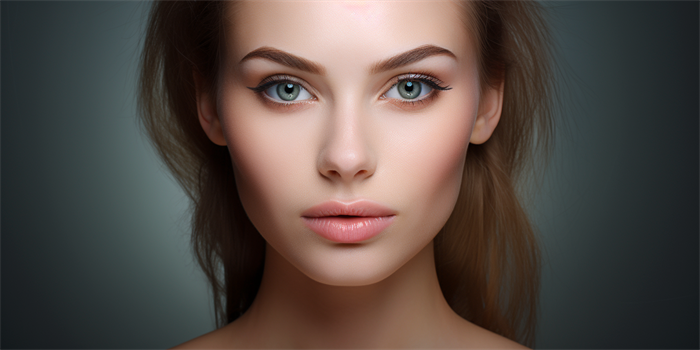Can I Eat Shrimp After Skin Tightening in Jamaica?
Skin tightening procedures are becoming increasingly popular in Jamaica, offering individuals a way to rejuvenate their appearance and boost their confidence. However, many people wonder about the dietary restrictions that might follow such treatments, particularly regarding seafood like shrimp. This article delves into whether it is safe to consume shrimp after undergoing skin tightening in Jamaica, covering several key aspects to provide a comprehensive understanding.

Understanding Skin Tightening Procedures
Skin tightening procedures in Jamaica typically involve the use of advanced technologies such as radiofrequency (RF), ultrasound, or laser treatments. These methods work by stimulating collagen production, which helps to firm and tighten the skin. Common areas treated include the face, neck, and body. While these procedures are generally safe and effective, they can sometimes result in temporary side effects such as redness, swelling, or mild discomfort.
Dietary Considerations Post-Treatment
After undergoing skin tightening, it is important to follow any post-treatment care instructions provided by your healthcare provider. This often includes avoiding certain activities and foods that could potentially irritate the skin or delay the healing process. While specific dietary restrictions can vary based on the individual and the type of treatment received, some general guidelines can be helpful.
Potential Allergies and Sensitivities
One of the primary concerns with consuming seafood, including shrimp, after skin tightening is the risk of allergies or sensitivities. Some individuals may have pre-existing allergies to shellfish, which can cause symptoms such as itching, hives, or more severe reactions. If you are aware of any allergies, it is crucial to avoid shrimp and other seafood to prevent adverse reactions that could complicate your post-treatment recovery.
Inflammation and Healing
Another aspect to consider is the potential for seafood to cause inflammation. Certain types of seafood, including shrimp, can be high in arachidonic acid, which is known to promote inflammation in the body. If your skin is already in a state of healing post-skin tightening, consuming foods that increase inflammation could potentially slow down the healing process or exacerbate any existing redness or swelling.
Nutritional Benefits of Shrimp
On the other hand, shrimp is also known for its nutritional benefits, including high protein content and essential vitamins and minerals. For many people, including shrimp in their diet can be a healthy choice. However, if you are advised to avoid certain foods post-skin tightening, it is important to prioritize your recovery and follow the recommended guidelines.
Consulting Your Healthcare Provider
Ultimately, the best course of action is to consult with your healthcare provider or the professional who performed your skin tightening procedure. They can provide personalized advice based on your specific situation, including any dietary restrictions that may apply. It is always better to err on the side of caution and follow professional guidance to ensure optimal healing and results.
FAQ
Q: How long should I wait to eat shrimp after skin tightening?
A: It is generally recommended to wait until any post-treatment side effects have subsided and you have received clearance from your healthcare provider. This can vary from person to person.
Q: Can I eat other types of seafood after skin tightening?
A: The same considerations apply to other types of seafood. It is important to avoid any known allergens and follow any dietary guidelines provided by your healthcare provider.
Q: Are there any specific foods I should eat to promote healing after skin tightening?
A: Foods rich in antioxidants and anti-inflammatory properties, such as fruits, vegetables, and lean proteins, can be beneficial. Always consult with your healthcare provider for personalized advice.
In conclusion, while shrimp can be a nutritious addition to your diet, it is essential to consider your individual health status and any post-treatment guidelines after undergoing skin tightening in Jamaica. Consulting with a healthcare professional will ensure you make the best decisions for your recovery and overall well-being.




